When your company’s success depends on website traffic and conversions, ranking at the top of search engine results pages (SERPs) can feel like an absolute need.
To evaluate and improve their search engine optimization (SEO), online stores must understand their most crucial key performance indicators (KPIs).
However, in practice, this is not always so simple. Some KPIs are more evident than others, and tracking them can feel like a nuisance.
Conversion rate measurement is crucial to the success of a modern online business.
It will allow you to better evaluate the effectiveness of your SEO initiatives and identify areas for improvement.
This article will highlight the most important conversion metrics for eCommerce websites and how search engine optimization teams can use them to improve results.
Important eCommerce SEO metrics
1. Revenue per visit (RPV)
2. Average order value (AOV)
3. Conversion rate (CVR)
4. Shopping cart abandonment rate (SCAR)
5. Time to purchase
6. Bounce rate (BR)
7. Customer Lifetime Value
1. Revenue per visit (RPV)

Revenue per visit (RPV) is a metric used to measure the average revenue generated by each visitor to a website or online store.
RPV can be calculated by dividing total revenue by the number of visits over a certain period of time.
For example, if a website generates $100,000 in sales over the course of 1,000 visits, its RPV would be $100.
While RPV is a useful metric for assessing the profitability of a website or online store, it is important to keep in mind that it only takes into account revenue and not other important factors such as conversion rate or cost per acquisition.
As such, it should not be used as the sole metric for making decisions about website optimization or marketing campaigns.
This number is essential for understanding how successful your website is at converting traffic into sales and can be used to benchmark your site’s performance against industry standards.
To calculate your website’s RPV, simply divide your total online revenue by the number of visits to your site.
Similar to other online business KPIs, RPV reveals what is working and what is not in your company’s sales efforts. The revenue per visitor indicator enables you to assess new visitor acquisition techniques based on their effectiveness. You may also utilise RPV to assess how much you can spent on paid user acquisition.
If your RPV is going up, it means that things are going in the right direction. If it’s going down, it could mean that you’re getting a lot of unqualified visitors to your site or that there’s a problem with your conversion funnel, like a broken shopping cart or a slow website.
2. Average order value (AOV)

Average order value (AOV) is the average amount spent by a customer during a single transaction on your website.
This metric is used to benchmark the average spending of your customers against industry standards and can be used to evaluate the effectiveness of your marketing initiatives.
To calculate your website’s AOV, simply divide your total online sales by the number of orders placed on your site.
For example, if your store generated $100,000 in online sales last month and had 1,000 orders placed, your AOV would be $100.3. Conversion rate (CVR)
Monitoring your average order value enables you to establish benchmarks and determine how to encourage customers to spend more with each purchase.
Here are several approaches to increase this metric:
- Upsell supplementary products that enhance the use of the customer’s core purchase.
- Offer products as a bundle so that clients receive a small discount on each item as opposed to purchasing them individually.
- Offer free shipping on orders beyond a specific threshold to encourage clients to spend more.
Also Read: Best SEO Strategies for Your Ecommerce Website
3. Conversion rate (CVR)

Conversion rate is the percentage of website visitors who take the desired action, such as making a purchase or subscribing to a newsletter.
This metric is essential for understanding how successful your website is at converting traffic into leads or sales and can be used to benchmark your site’s performance against industry standards.
To calculate your website’s conversion rate, simply divide the number of conversions by the number of visits to your site.
For example, if your store had 1,000 orders placed last month and had 100,000 visits, your conversion rate would be 1%.4. Shopping cart abandonment rate (SCAR)
This number should be monitored closely as it will give you an indication of how well your website is performing in terms of converting visitors into paying customers.
Important as clicks and traffic are, the activities of your users speak volumes.
Your intended conversions, such as email signups and visits to the checkout page, are in line with your overall business objectives. Consequently, you should detect momentum in this metric.
Simply expressed, your eCommerce sales conversion rate is the proportion of site visitors who ultimately make a purchase.
A high conversion rate is an important indicator of on-page SEO effectiveness, such as providing good content and designing for a positive user experience, among other factors.
Conversion rate is a must-track measure for optimizing your website, regardless of your business’s specific objectives.
Once you’ve determined the conversion rate, you can begin to investigate precisely what is promoting (or hindering) conversions.
Your conversion rate can be affected by a variety of factors, including persuasive online copy, trustworthy customer reviews, and a simple checkout process.
4. Shopping cart abandonment rate (SCAR)

The shopping cart abandonment rate is the percentage of visitors who add items to their shopping cart but do not complete the purchase.
This metric is essential for understanding why visitors are not completing their purchases on your website and can be used to benchmark your site’s performance against industry standards.
To calculate your website’s shopping cart abandonment rate, simply divide the number of abandoned shopping carts by the number of visits to your site.
For example, if your store had 10,000 abandoned shopping carts last month and had 1 million visits, your shopping cart abandonment rate would be 1%.
You should make every effort to reduce your abandonment rate, even if it’s about the same as the average.
- Streamline the shopping experience, especially the checkout procedure, so that people can shop without difficulty.
- Utilize remarketing to get indecisive consumers back to your store. This may involve targeted advertisements and email follow-ups.
Also Read: Top 10 Reasons To Choose Shopify For Ecommerce
5. Time to purchase

Time to purchase is the average amount of time it takes for a customer to complete a purchase on your website.
This metric is used to benchmark the average time it takes for a customer to complete a purchase on your site against industry standards and can be used to evaluate the effectiveness of your marketing initiatives.
To calculate your website’s time to purchase, simply divide the total number of orders by the number of minutes spent on your site.
For example, if your store had 1,000 orders placed last month and customers spent a total of 100,000 minutes on your site, your time to purchase would be 10 minutes.
Also Read: 5 Lead Generation Strategies for Ecommerce Businesses
6. Bounce Rate

(BR) Bounce rate is the percentage of visitors who leave your website after viewing only one page.
This metric is essential for understanding why visitors are not engaged with your website and can be used to benchmark your site’s performance against industry standards.
To calculate your website’s bounce rate, simply divide the number of bounces by the number of visits to your site.
For a website that provides a wealth of material for people conducting research, a high bounce rate may simply indicate that the visitor discovered all the needed information on the page they viewed and then left.
However, in terms of e-commerce, visitors who navigate away from a product page without making a purchase are not typically seen as a positive thing for shops.
Your organic bounce rate may indicate how well your keyword targeting is bringing in relevant visitors who are interested in what you’re saying and offering if it’s lower than it used to be or is lower than some of the other channels.
If your bounce rate rises over time as you receive more organic visits, you may need to examine your keyword targeting to see how to attract more visitors with purchasing intent.
You should make every effort to reduce your bounce rate, even if it’s about the same as the average.
7. Customer Lifetime Value

Your CLV is important because it tells you how much you can spend to get new customers and how far you should go to keep the ones you already have.
To increase the CLV of your online store, you can try to raise the average order value (more on this later) and make your current customers loyal so they’ll buy from you again.
You can also increase the CLV by selling products that have a high margin so you make more money on each sale.
To calculate your customer lifetime value, simply divide the total amount of revenue generated by the number of customers.
In the same way that you can look at how much money different channels bring in with Google Analytics, you can also use the estimated lifetime value of organic traffic as a useful metric to compare it to the other channels and show how it has grown over time.
Under Audience > Lifetime Value (Beta), you can see how much traffic from each channel has been worth over time. If part of your SEO strategy is to get customers to come back, this can be a great way to see if it’s working and give stakeholders a number to go with it.
This number can vary greatly depending on the type of products you sell and the average order value.
You should always strive to increase your customer lifetime value so you can reinvest in your business and acquire new customers.
Also Read: How To Write SEO Friendly Blog Post For More Organic Traffic
Final Thoughts
When operating an eCommerce firm, increasing online traffic increases client conversions, and acquiring satisfied consumers is the ultimate goal.
Success may appear differently to various people, but it is essential to recognize when you have achieved it.
Quantifying and tracking these essential SEO indicators can help you grow and measure your online business.
There are many other factors involved in SEO, but these are some of the most important indicators to focus on if you want to improve your website ranking and generate more traffic.
What other metrics do you think are essential for eCommerce success? Let us know.



















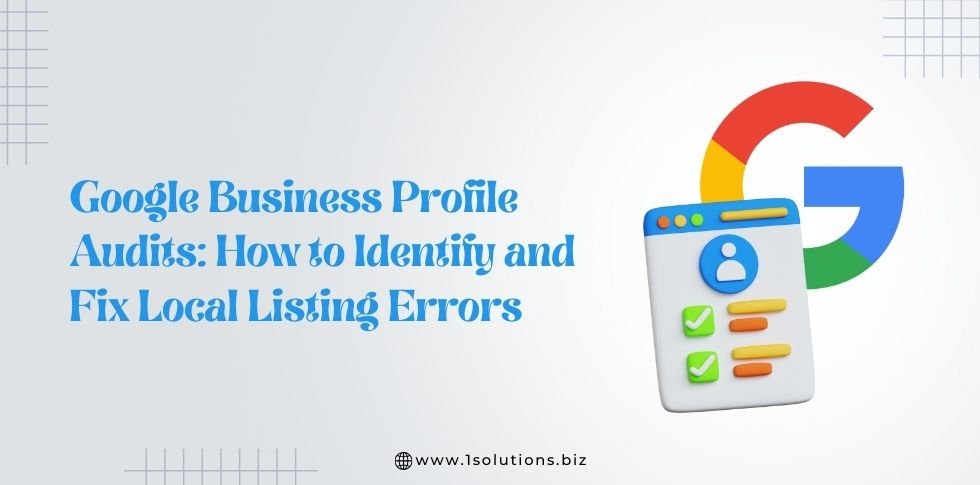


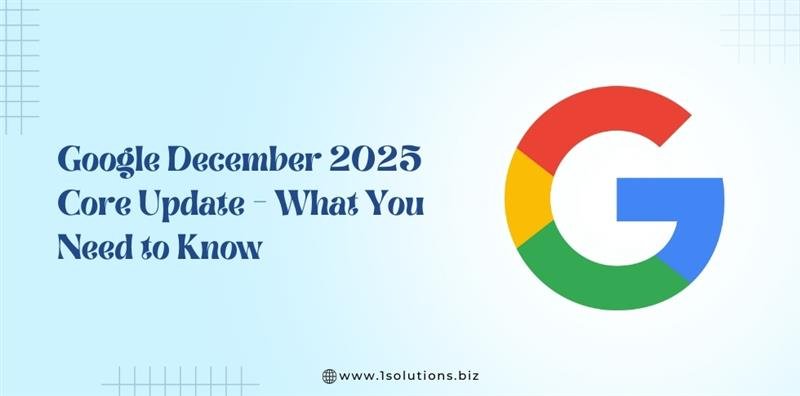
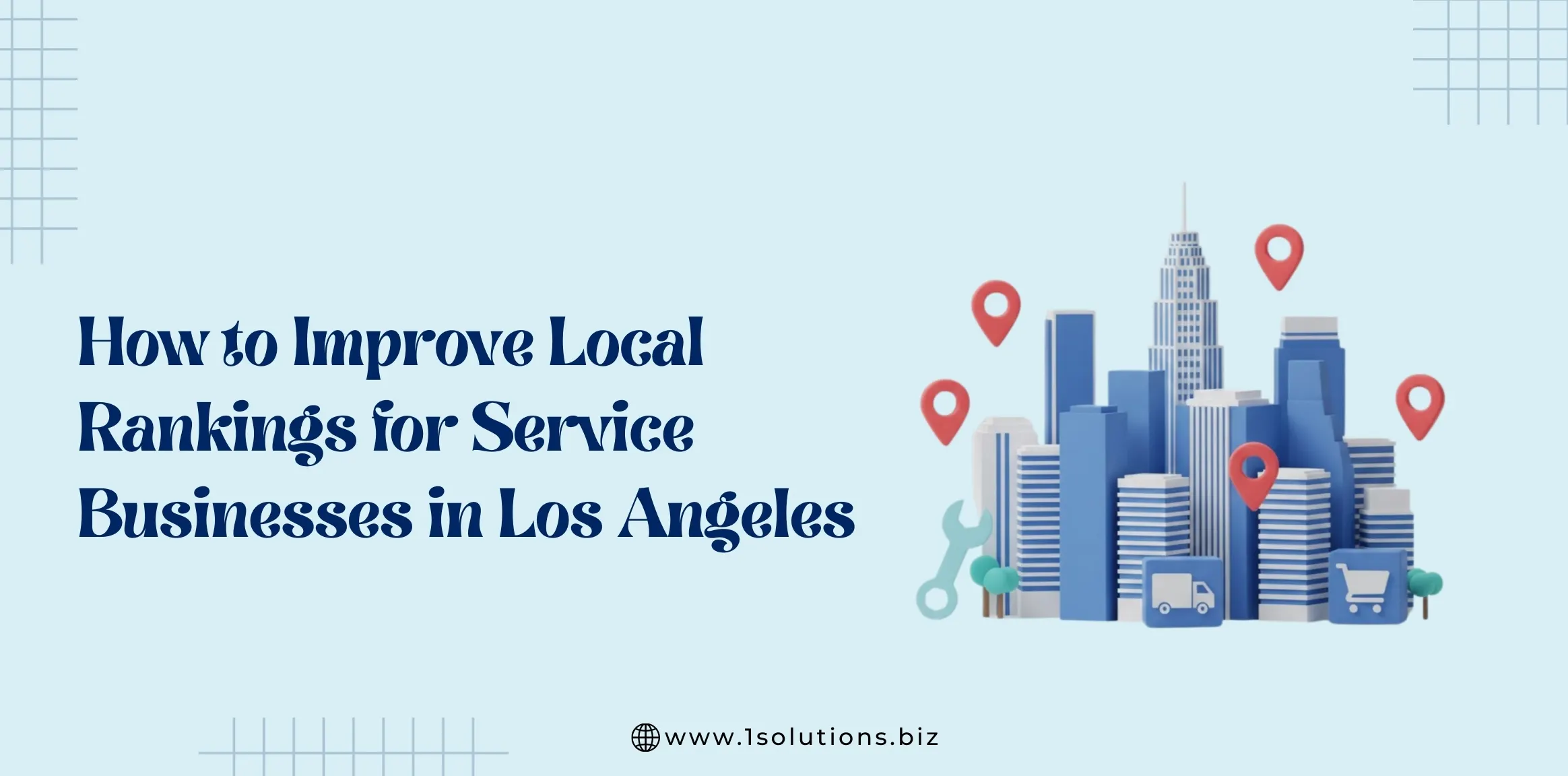
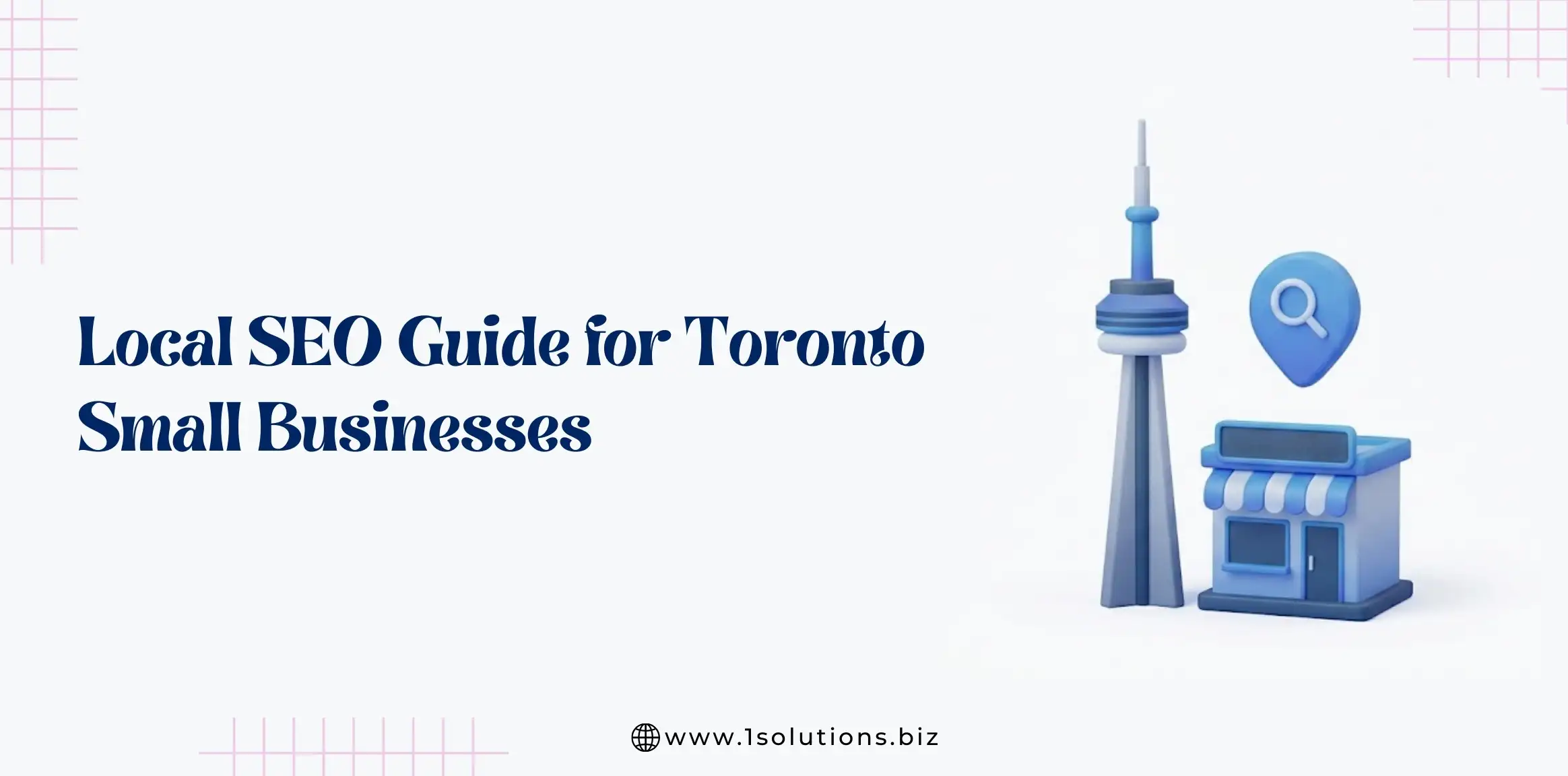
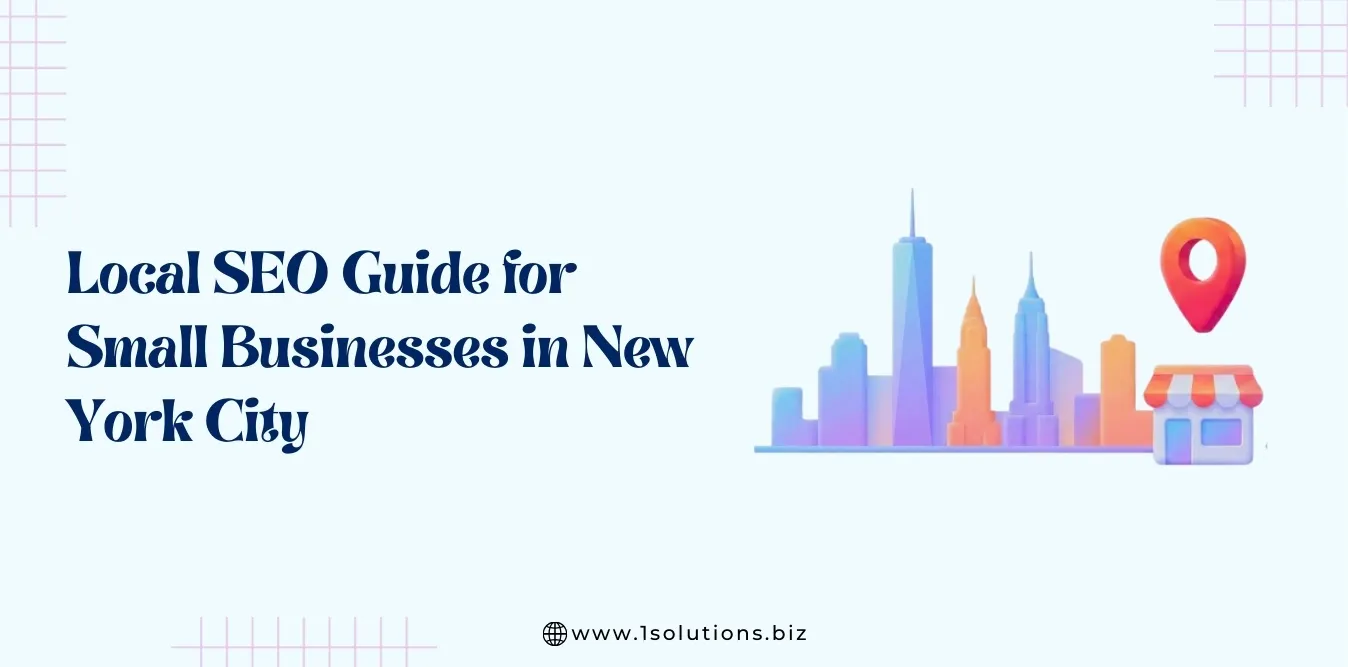




 in India
in India